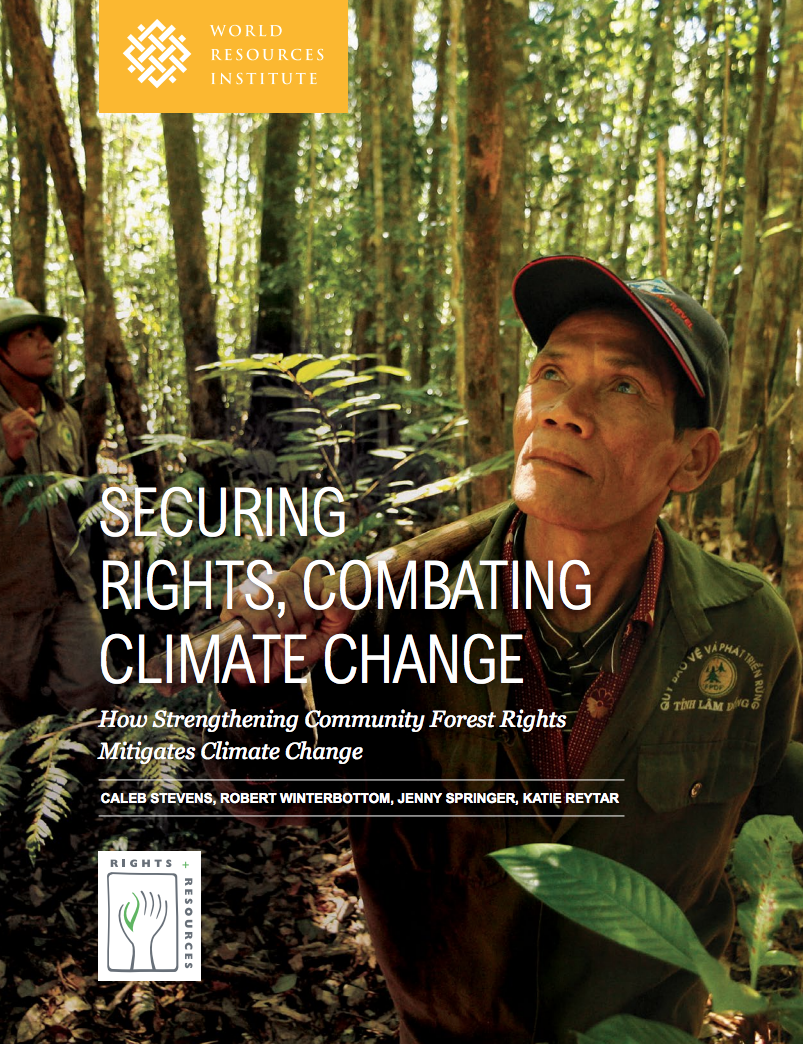International Land Coalition (ILC) annual report 2013
In 2013, the International Land Coalition (ILC) marked a historic expansion in its membership, reaching 152 member organisations in 56 countries, representing diverse interests and entities from national civil society organisations (CSOs) and grassroots movements to international non-governmental organisations (NGOs) and United Nations agencies, all with a common agenda to work together on behalf of the world’s most vulnerable people to make tangible progress in achieving secure and equitable access to land.ILC has also become a leading advocate for transparency and open knowledge on land g
Doña Águeda Mamani. Acceso a tierras por derecho hereditario negociado
Las dos historias de vida que se presentan en este documento muestran las estrategias que dos mujeres asumieron para superar la discriminación en el acceso a la tierra vía herencia, empleando para ello en un caso, la negociación y los acuerdos familiares, y en el otro, la compra venta negociada.
Cusiseras en Yaguarú: Palmera con trabajo de mujeres
Las mujeres de Yaguarú logran que la Central de Organizaciones de los Pueblos Indígenas Guarayos (COGNAG), les conceda 84 ha, para la producción de cusi. Significativo logro, por su participación activa en las marchas y movilizaciones, y por la negociación con las autoridades locales de Guarayos, muestra capacidad y autonomía para gestionar su territorio.
Community and government: planning together for climate resilient growth
Planning for climate resilience growth is increasingly important for the natural resource dependent economy of Tanzania. Central government does not have the knowledge, reach, skills or resources needed to plan for the range of livelihoods within Tanzania; but local governments, if granted the authority and resources, could plan with communities in the flexible, timely and appropriate manner that climate variability demands.
Eroding battlefields: Land degradation in Java reconsidered
Land degradation has been a major political issue in Java for decades. Its causes have generally been framed by narratives focussing on farmers’ unsustainable cultivation practices. This paper causally links land degradation with struggles over natural resources in Central Java. It presents a case study that was part of a research project combining remote sensing and political ecology to explore land use/cover change and its drivers in the catchment of the Segara Anakan lagoon.
Securing Rights, Combating Climate Change
With deforestation and other land uses accounting for 11 percent of annual global greenhouse gas emissions, the international community agrees on the need to address deforestation as an important component of climate change. Community forests represent a vital opportunity to curbing climate change that has been undervalued. Today communities have legal or official rights to at least 513 million hectares of forests, only about one eighth of the world’s total, comprising 37.7 billion tonnes of carbon.
Territorio de Lomerío: Del refugio a la autonomía indígena
El acceso de tierra y territorio para Lomerío remite a un histórico proceso de restitución territorial bajo la forma de propiedad colectiva o Tierra Comunitaria de Origen (TCO), que combina la lucha legal por políticas del Estado con una ardua resistencia y presión política- corporal que se expresa en las largas marchas desde los territorios indígenas hasta el centro del poder político estatal.
Comunidad campesina Laderas Centro
El acceso a la tierra depende de su defensa ante el intento de expropiación, especialmente si tienen potencial económico. Una familia campesina difícilmente podría defender su tierra de forma aislada ante empresas, grandes propietarios, el propio Estado; la estrategia de afirmar la organización comunal es fundamental en la lucha por consolidar la tenencia y propiedad de la tierra campesina.
Guidelines for Group Land Rights in Communal Areas
This manual of guidelines is distributed by the Ministry of Lands and Resettlement to guide Communal Area residents and land authorities about group land rights. This guidance is official. This means that advice should be followed – as relevant to the case in point. Although formal provision for group land rights is new, the idea of holding rights collectively is well known in Communal Areas. Under customary norms, many residents already hold rights to a particular area not as individuals but as members of families and communities (or ‘groups’).








